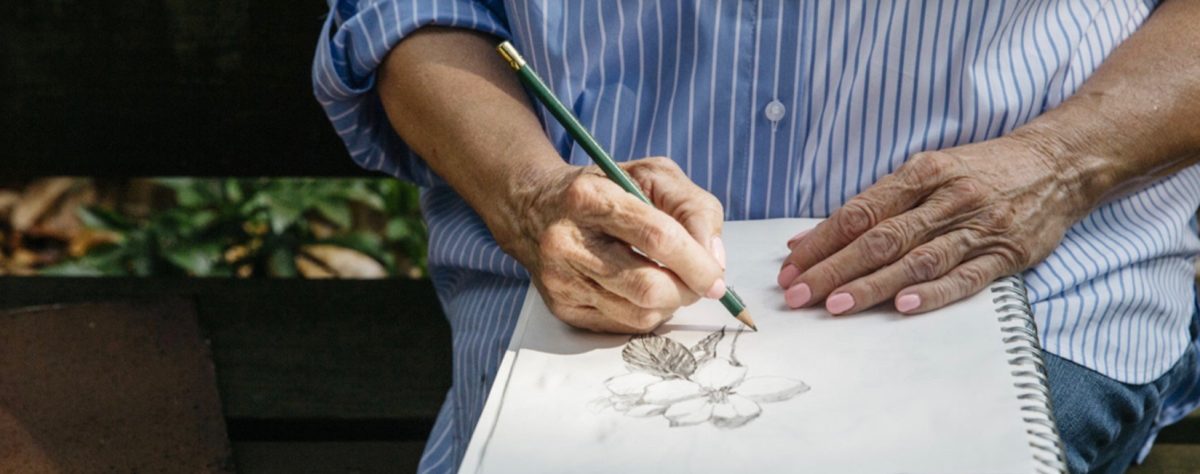“Red is obviously such a stimulating color, it has so many connotations.” P.J. Harvey
Quinacridone Red and its Quin siblings, Rose and Magenta, cannot call up an intriguing history. No ancient minerals or archaic farming practices discovered these beautiful bluish reds. No Old Masters can be credited with having discovered this gloriously rich red family. All the credit goes to a wonderful unknown modern-day scientist who mixed some organic chemicals up in a lab and came out with these lovely, fully transparent, lightfast, nontoxic reds. Many a twentieth century botanical artist would like to pay homage to this brilliant chemist.
The “quins” are the colors of romance. Though rather strong, they are still the reds of orchids and carnations. The “quins” are the pinks of rose petals. They are the sunlight through a stained glass window. All of this romantic pinky, lavender, rosy color surely must come from the ground up petals of wildflowers gathered at midnight on a full moon. Wrong! They come from a boring test tube in a sterile lab located in the windowless basement of a huge chemical compound. (Actually, we don’t know where they are made today, but the windowless basement sounded pretty good).
Layering transparent glazes with the “quins,” according to Chris Cozen on his blog, “tend not to turn muddy or grey.” The Daniel Smith website states Naples Yellow can be added to Quinacridone Red to create nice peachy shades. Williamsburg Oils says Quinacridone Red can be used to make the “cleanest pinks, flesh tones and violets.” And who would want muddy pinks?? Okay, sometimes a muddy pink is needed in a painting for delicate shadows. In that case, go with the Cadmiums.
Daniel Smith demonstrates a wash with Quinacridone Red:



your painting is very beautiful, thanks for this lovely post.
Thanks so much!!